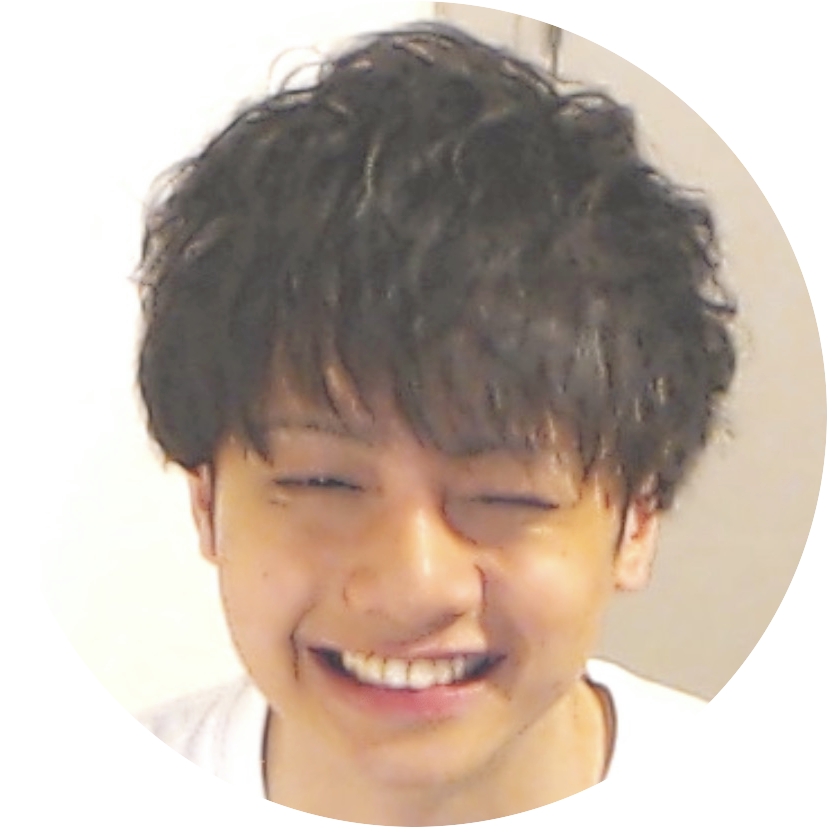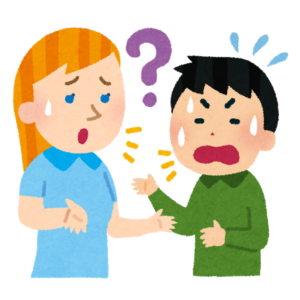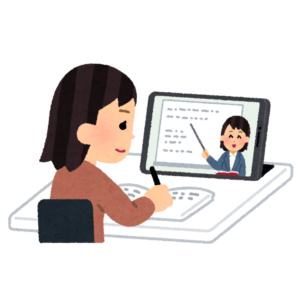
Which is better: a tutor who sticks strictly to Japanese, or one who can switch between Japanese and English?

For beginners, a tutor fluent in English might be more beneficial!
In this post, we’re exploring the pros and cons of learning Japanese solely in the language versus incorporating English into your lessons.
Direct vs. Indirect Methods
Foreign language instruction typically falls into two categories: direct and indirect methods.
Direct Method

Here, the target language is both the medium and the subject of instruction. Though it might seem daunting initially, perseverance pays off. The hallmark of this method is its immersive approach, often leading to a notable leap in language competency over time. This method is widely embraced in Japanese language teacher certification programs.
Pros:
- Immersion from the get-go fosters quicker adaptation to thinking in Japanese.
- It’s particularly effective for enhancing speaking and listening skills.
- Certified teachers can usually guarantee a consistent lesson quality.
Cons:
- Beginners might struggle to ask questions or clarify doubts.
- The intensity of the method can be overwhelming.
- The delayed gratification aspect may lead to early dropouts.
Indirect Method

This approach leverages the learner’s native language as a bridge to learning Japanese. It’s a common style for English speakers, offering a lower-stress environment and the ability to ask questions in English for clarity. However, Japan lacks a standardized certification for this method, so instructional quality can vary widely.
Pros:
- Understanding grammar concepts within the context of a familiar language can streamline the learning process.
- Immediate clarification in one’s native language reduces learner anxiety.
- Overall, it presents a more relaxed learning atmosphere.
Cons:
- Solely listening to grammar explanations in one’s native language can become tedious.
- The development of speaking and listening skills may lag.
- Instructional quality can significantly vary based on the teacher’s proficiency in the student’s native language.
Which Approach Suits Online Learning Best?

For Beginners
The indirect method comes highly recommended. The direct method, while effective in immersive environments like in-country language schools, might not be as suitable for online learners who typically engage in less frequent study sessions. Continuity and engagement are crucial in language learning, and the direct method’s intensive nature might lead to burnout and discontinuation among online learners.
Japanese language schools in Japan provide 20 hours of lessons a week, using textbooks like “Minna no Nihongo” that were developed based on the audio-lingual(military) method from wartime. Students find themselves enveloped in the Japanese language throughout the day, not only during classes but also while working part-time jobs and shopping. There’s no easy ticket back to their home countries. They study under a kind of pressure similar to that in the military. However, those studying online can immediately opt out with just a click of the unsubscribe button.
If opting for a non-English-speaking tutor, utilizing resources like “GENKI,” which includes English explanations of grammar and exercises, could prove helpful.
Direct Method Example
A YouTube channel providing an overview of teaching beginner Japanese grammar through the direct method offers insight.
Using the direct method, it takes a while to explain the difference between “〜たら” (tara) and “〜ても” (temo). I’d cut to the chase: “〜たら” is “if ~,” and “〜ても” is “even if ~.” Five seconds is too long to explain it. The time we save by opting for the indirect method is better spent on having students actively form sentences and practice.
For Intermediate and Advanced Learners
The choice between a direct or indirect method tutor becomes less crucial, as most instruction will naturally progress in Japanese.
Going with a tutor who speaks your native language allows for swift clarification on tricky words or phrases. However, choosing a tutor who doesn’t share your mother tongue could boost your skills in formulating and comprehending questions in Japanese.
Ultimately, selecting a tutor might be more about their personality and how they teach, rather than whether they’re fluent in your native language.
My Approach
I gravitate towards the indirect method for beginners, ensuring a majority of our communication is in Japanese. I encourage pre-lesson review of grammar points in English to maximize our lesson time for practical application and dialogue in Japanese.
Find Your Ideal Tutor
With over 1,500 Japanese tutors available on Preply, there’s a perfect match for everyone. By signing up through the following link, you’ll receive a 30% discount on your first lesson. Why not take the opportunity to start your Japanese learning journey on Preply today?


